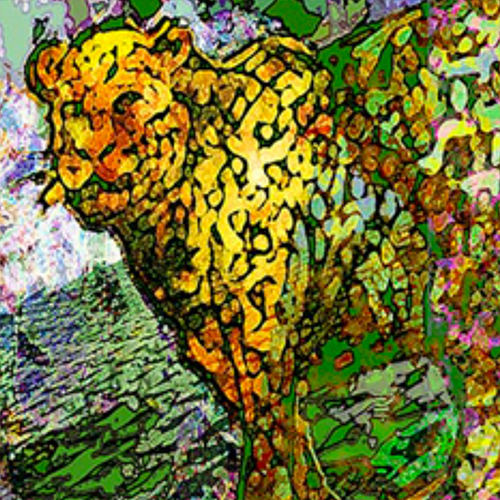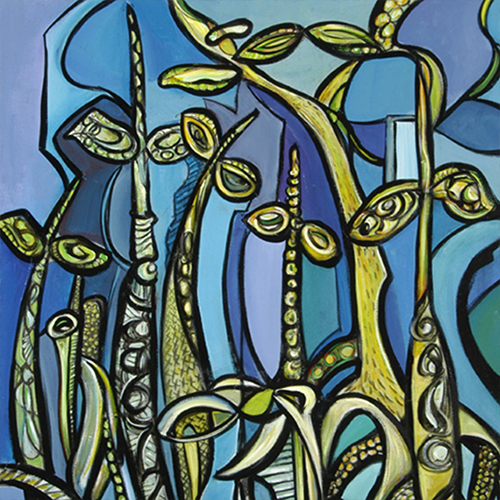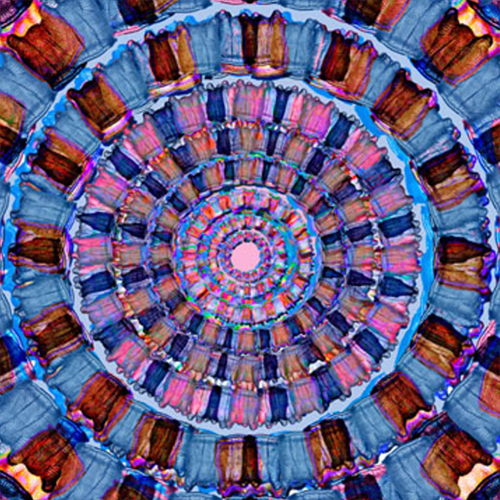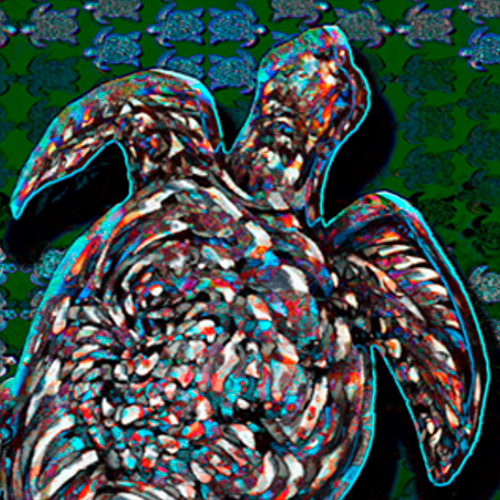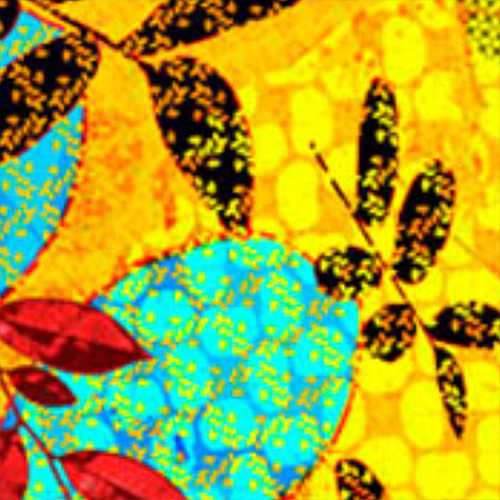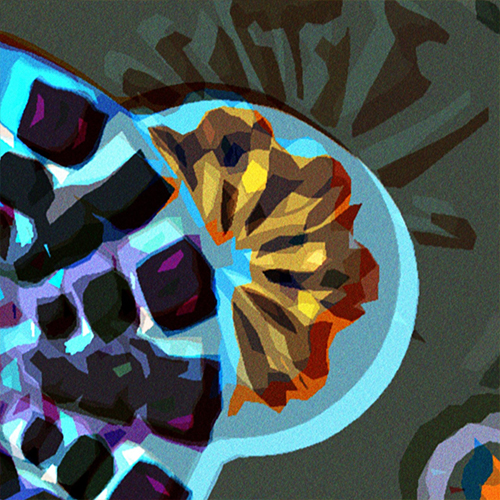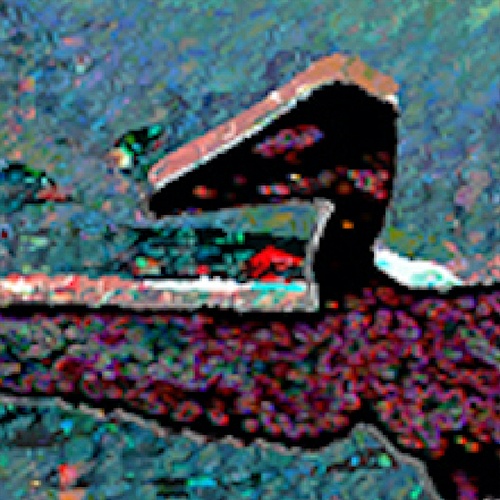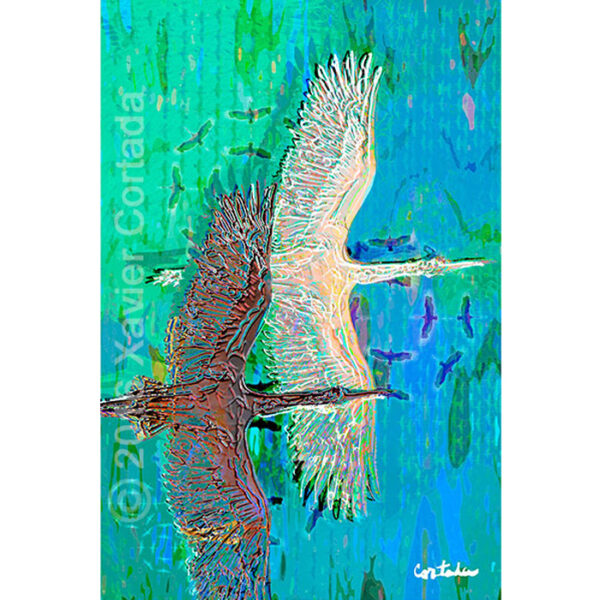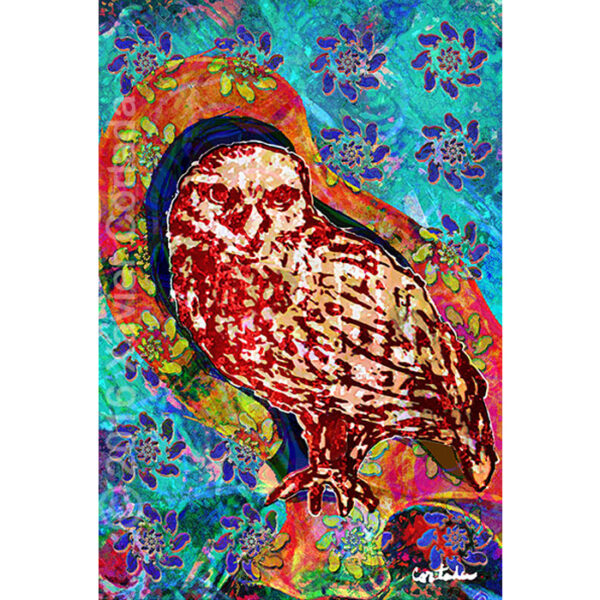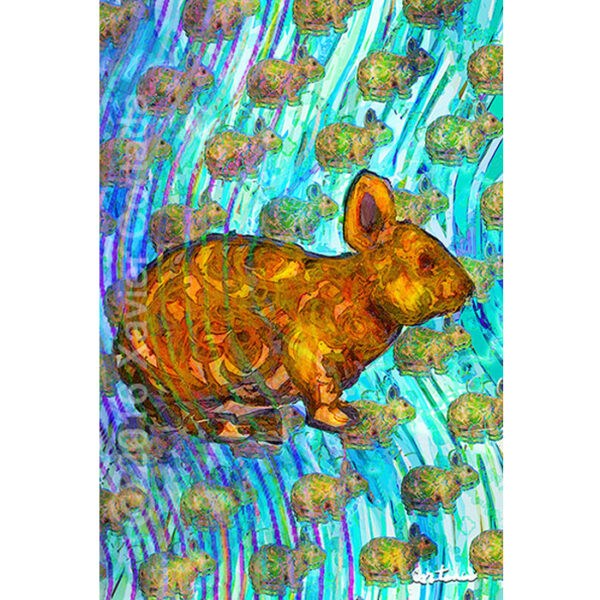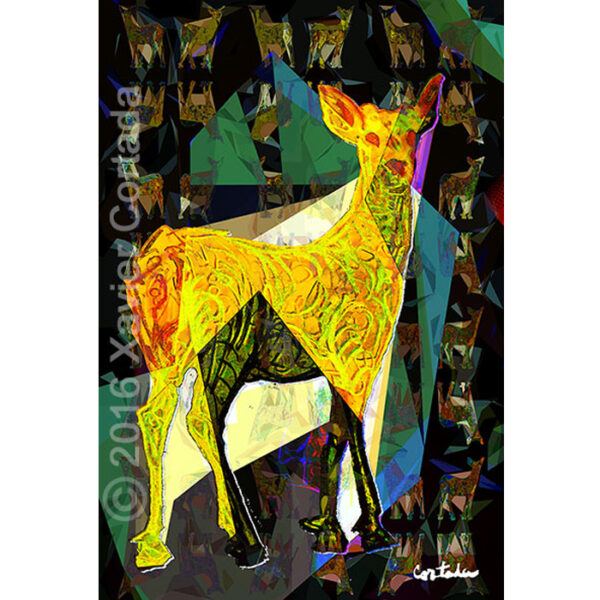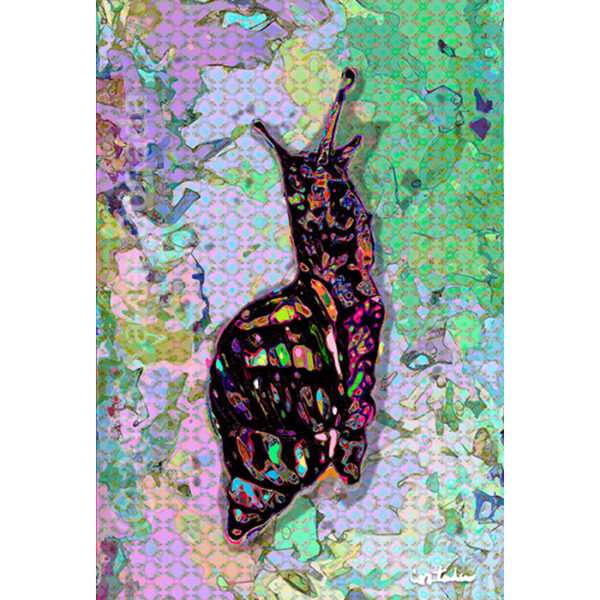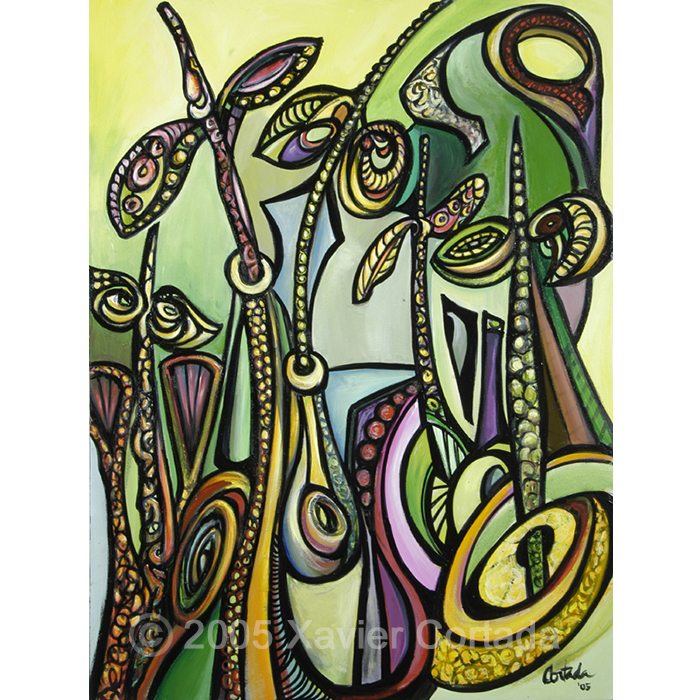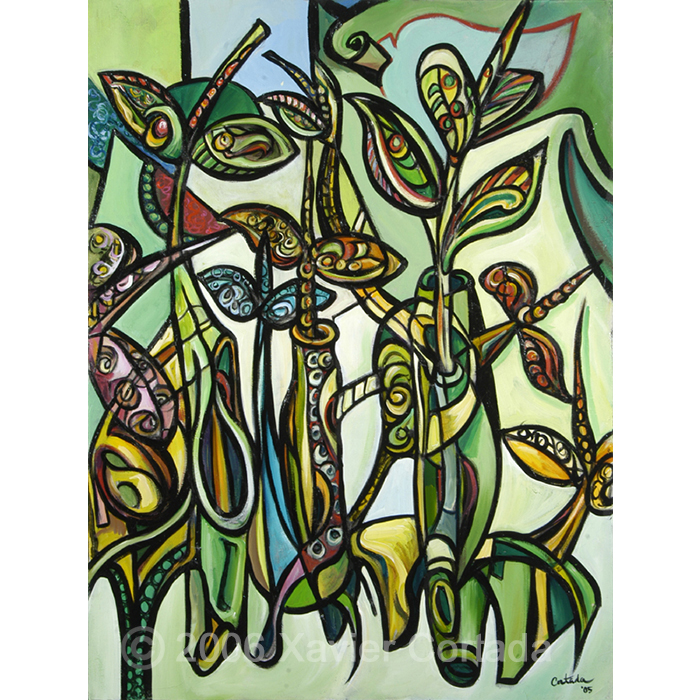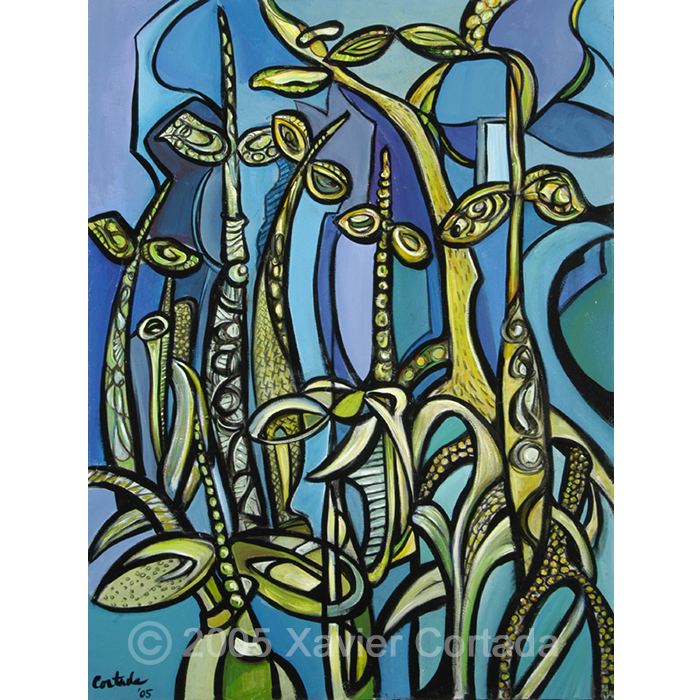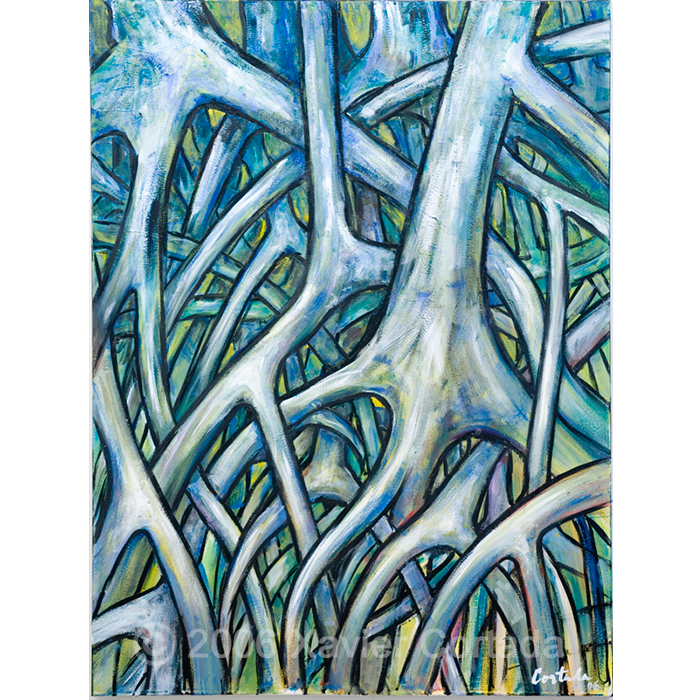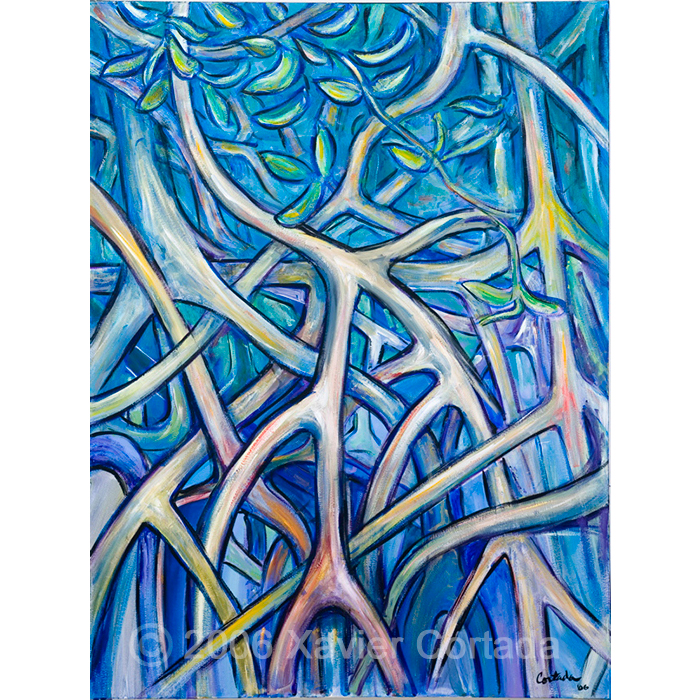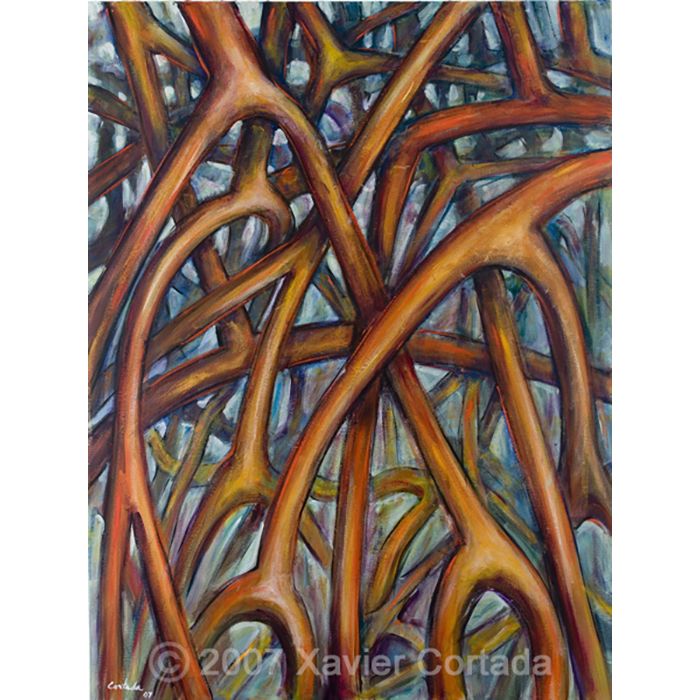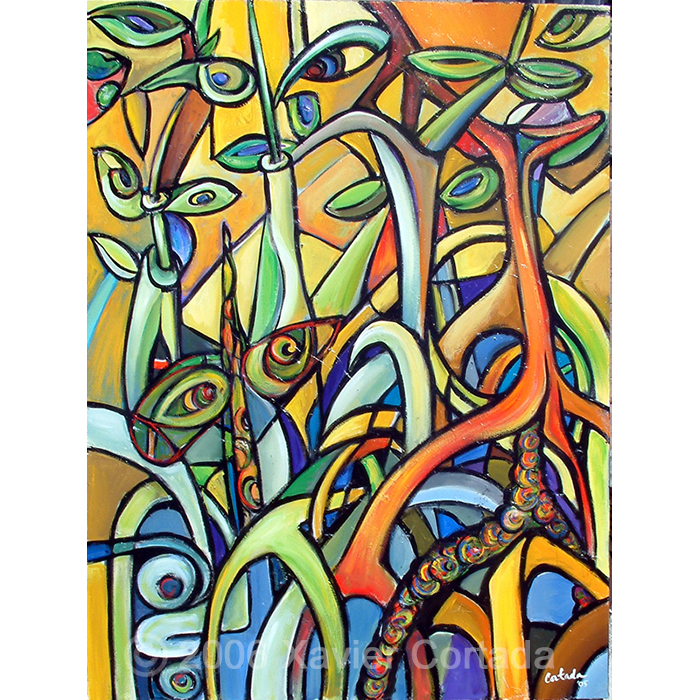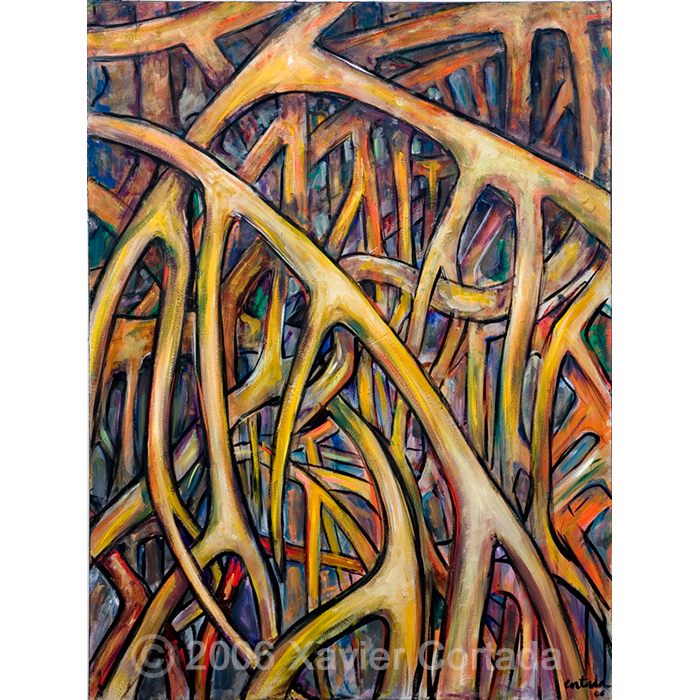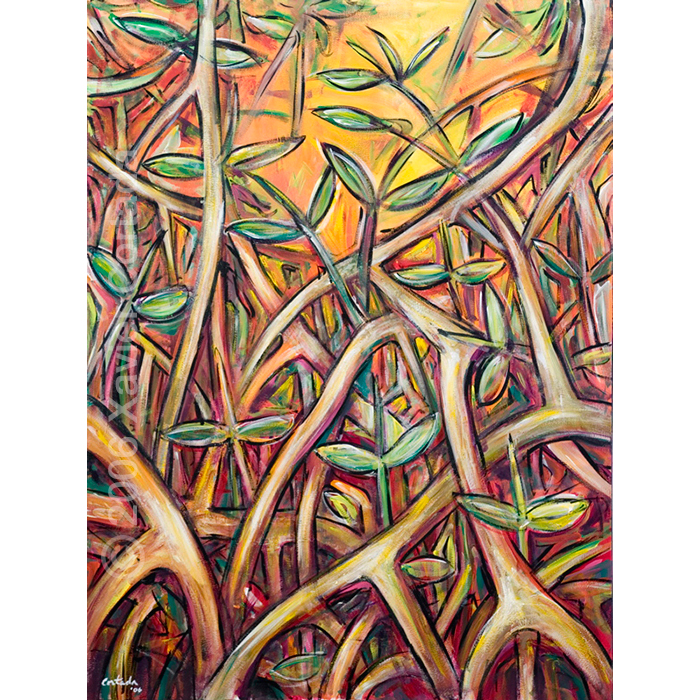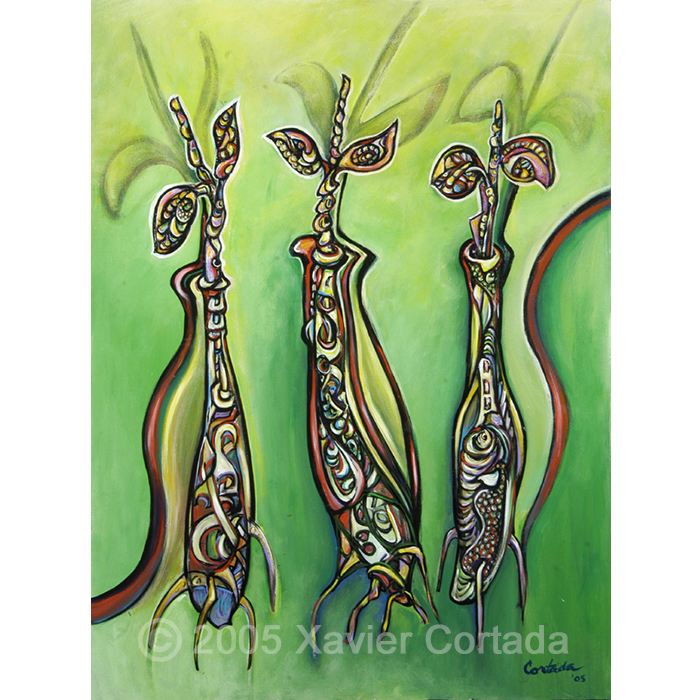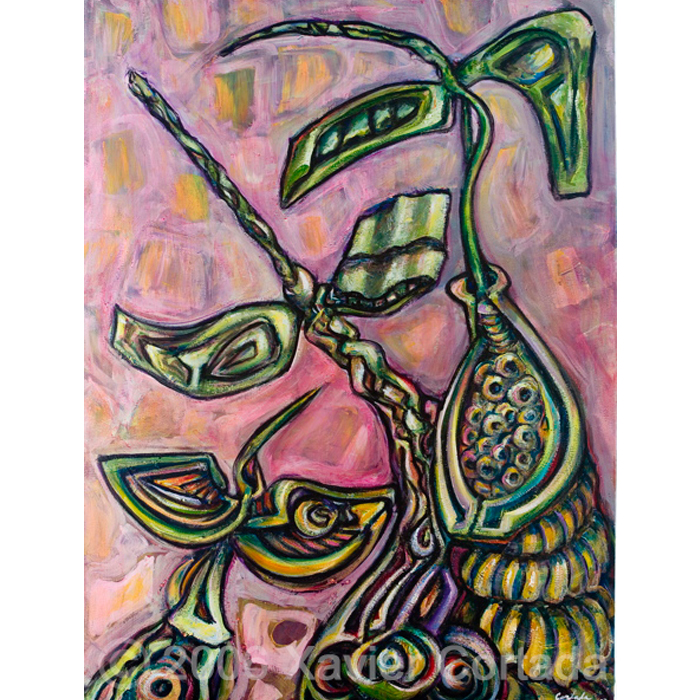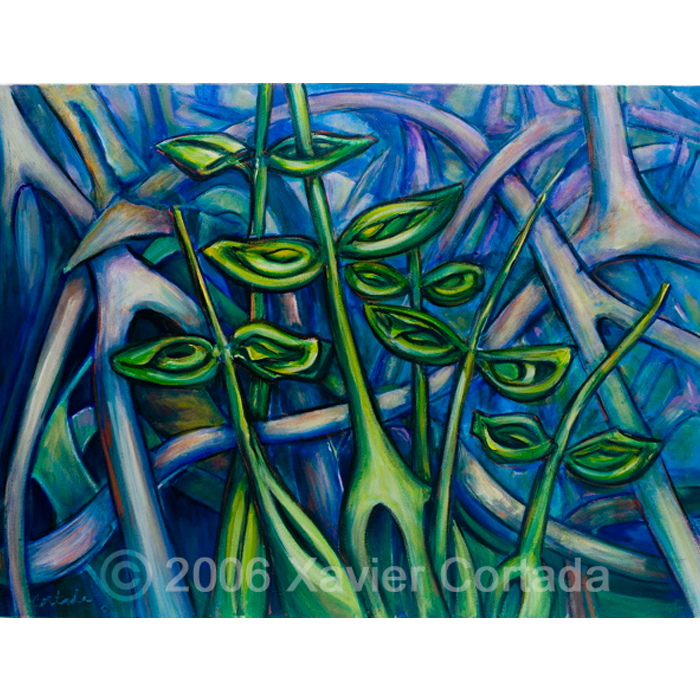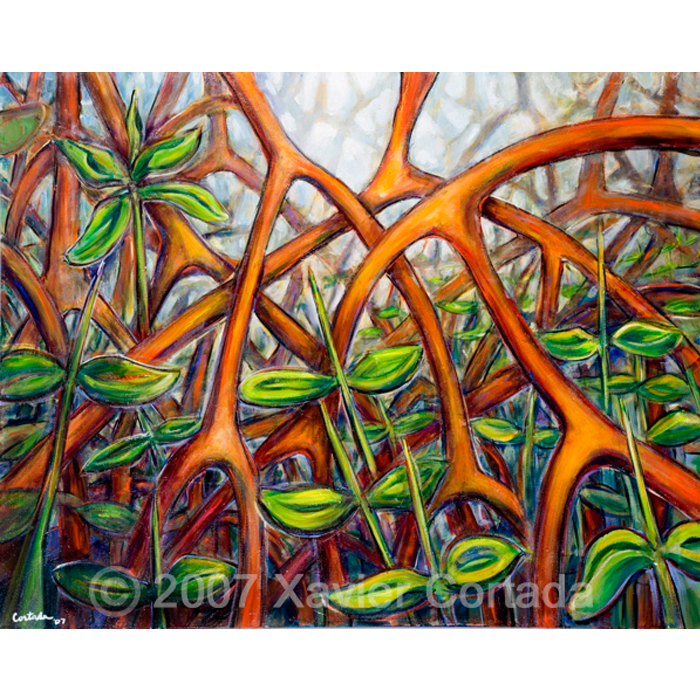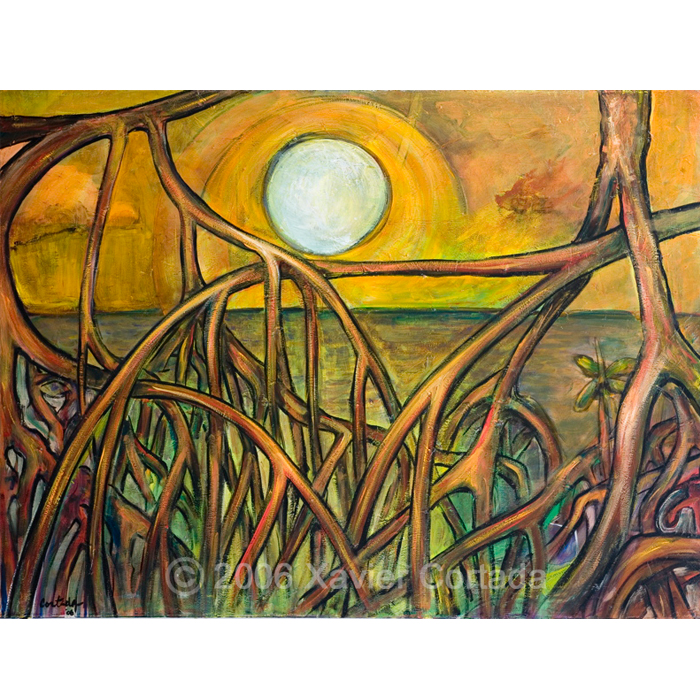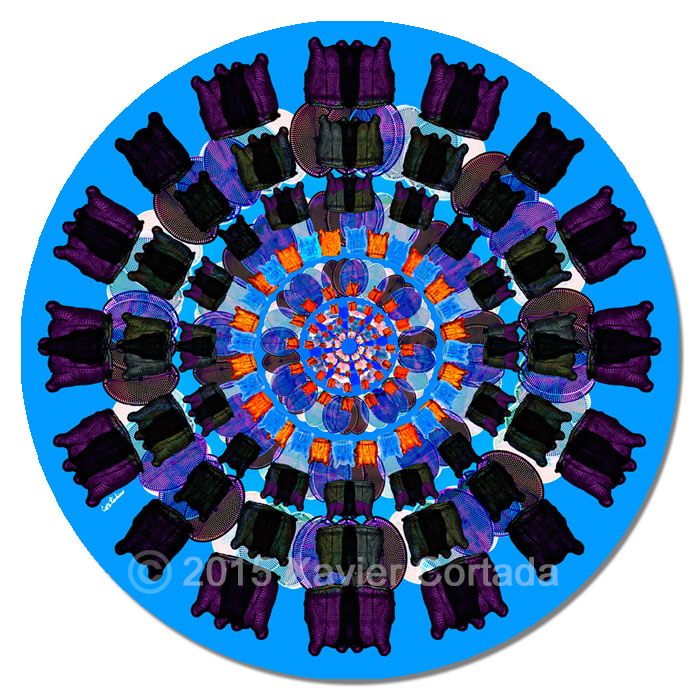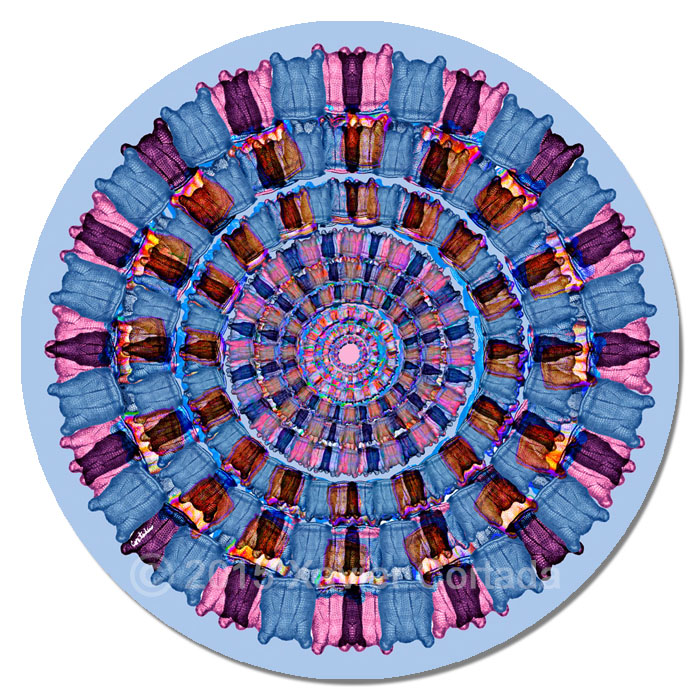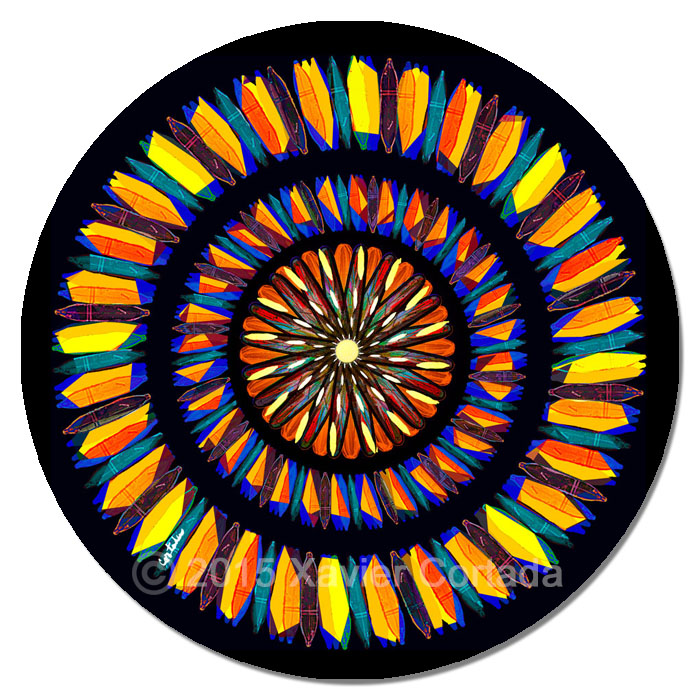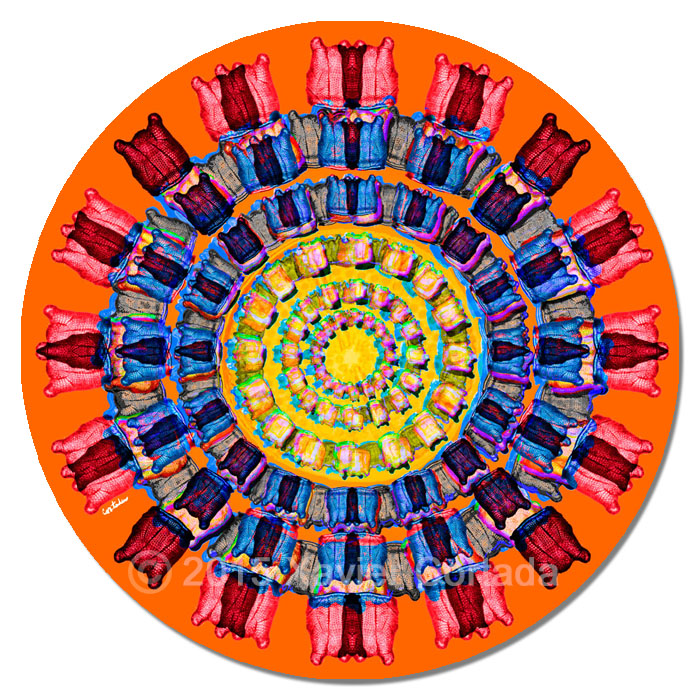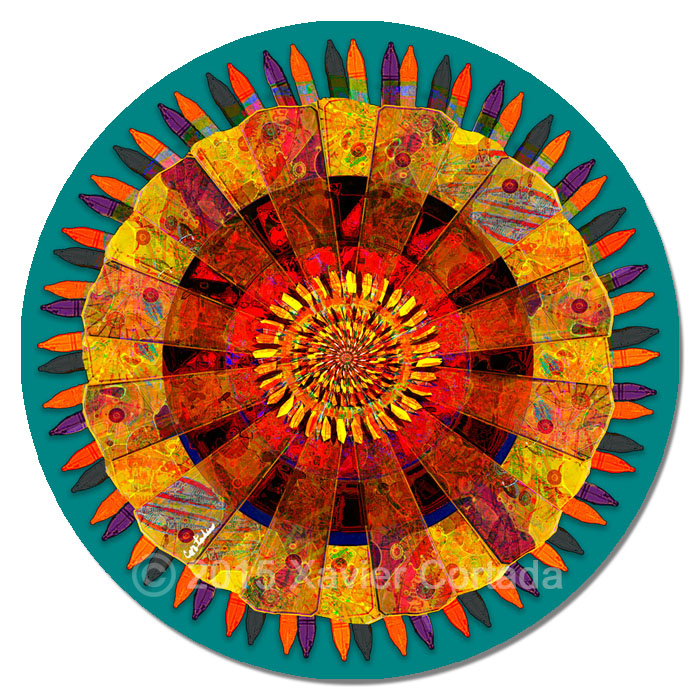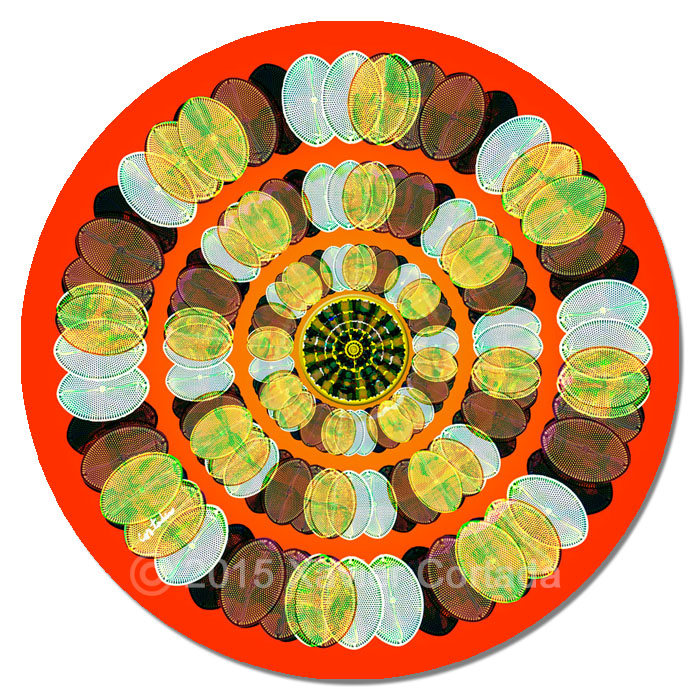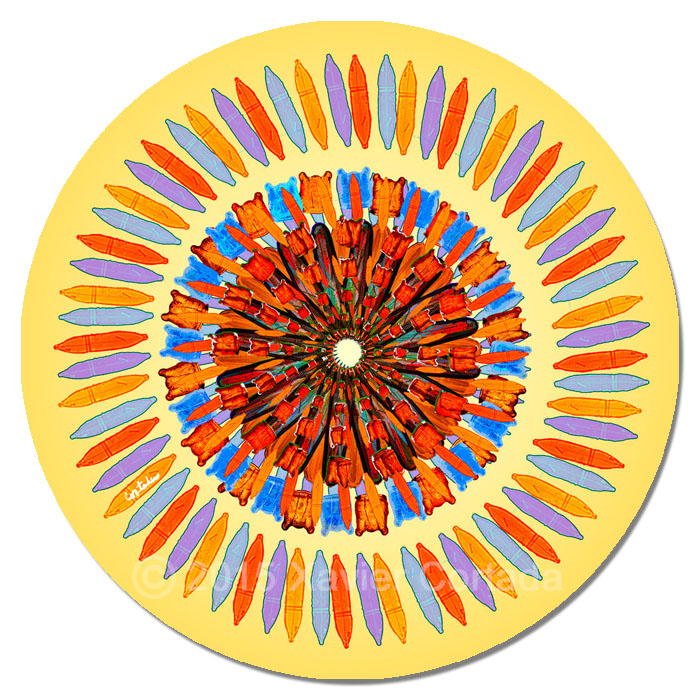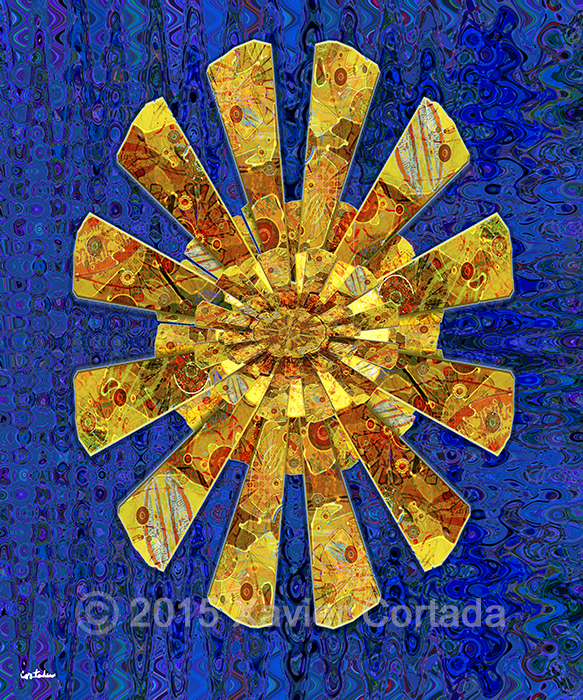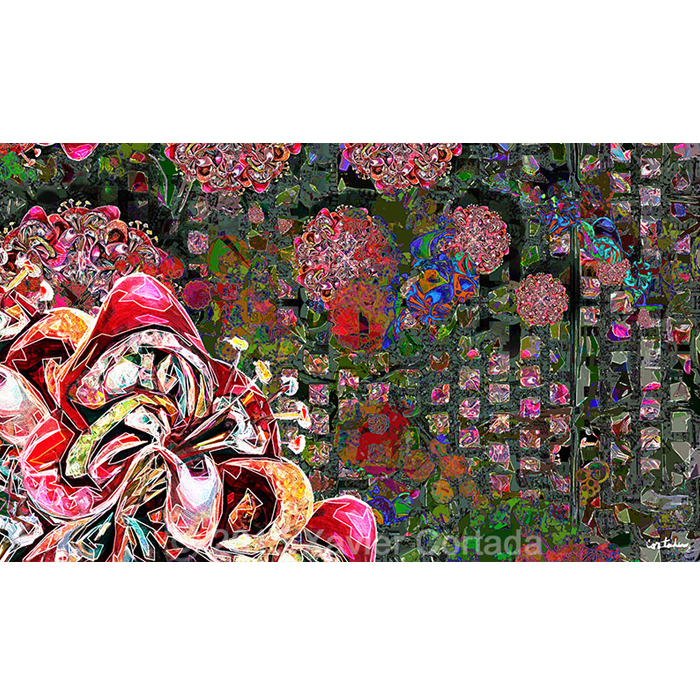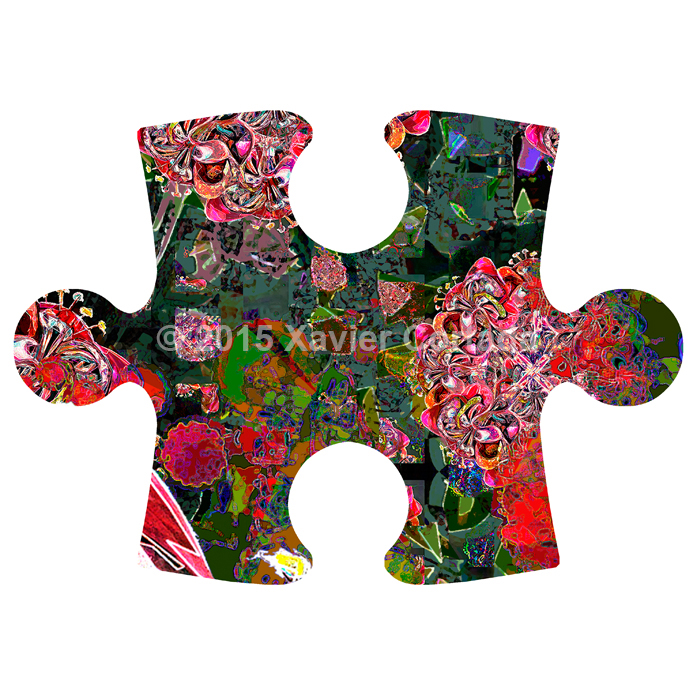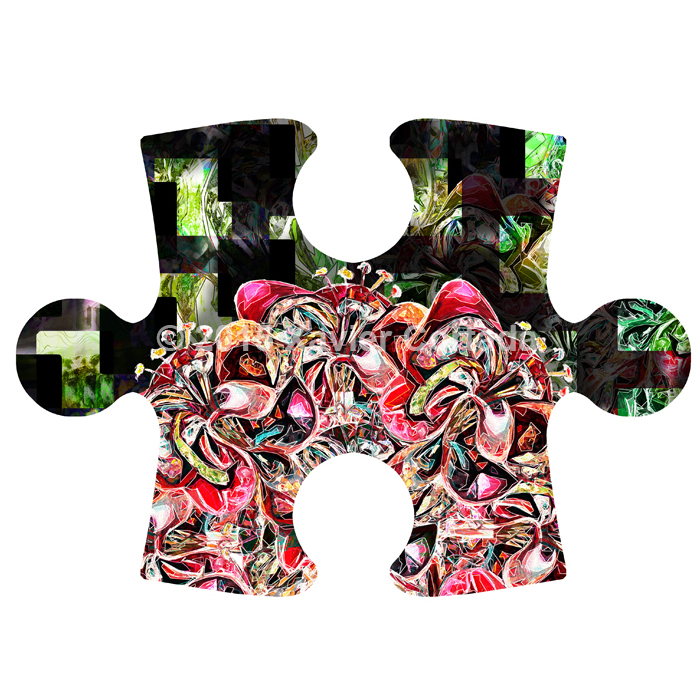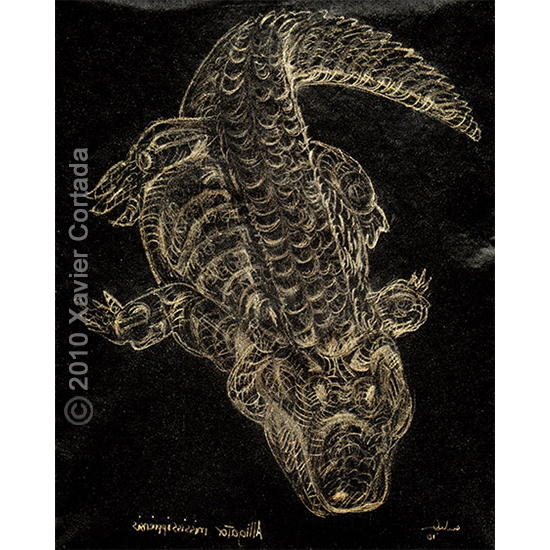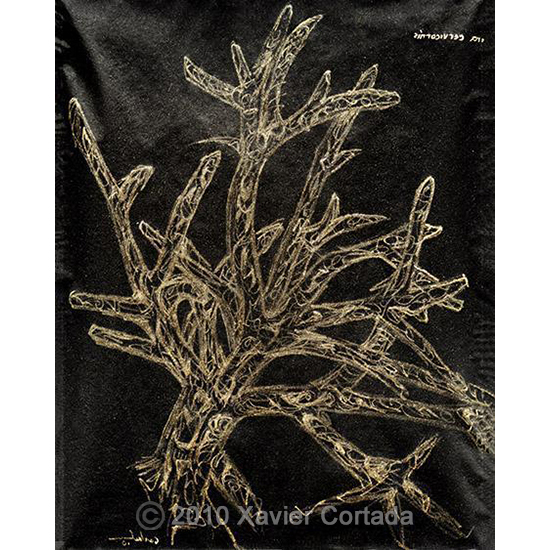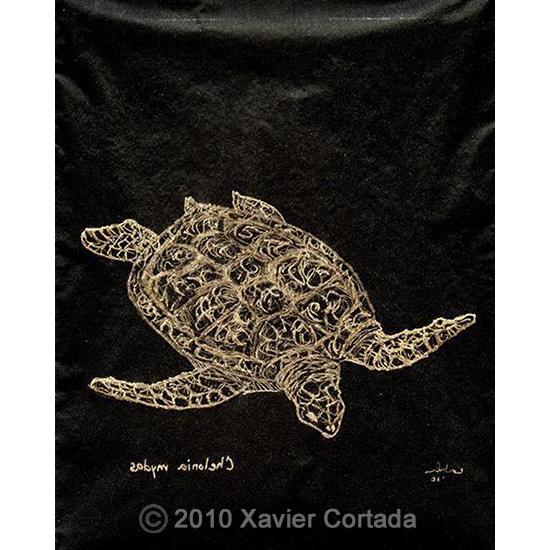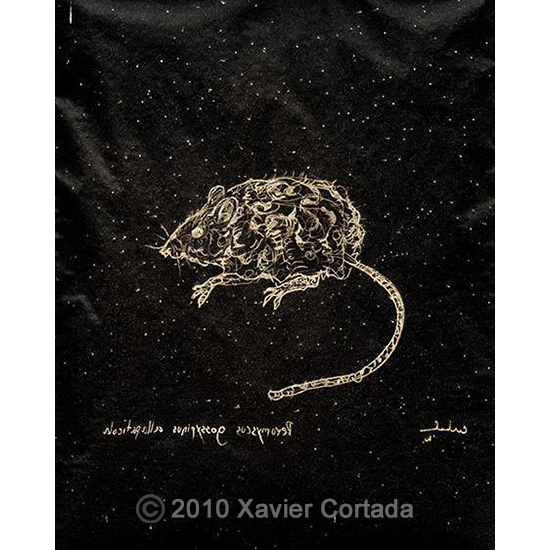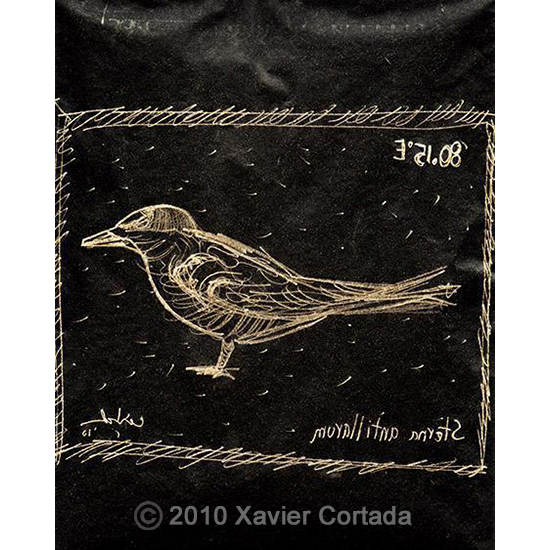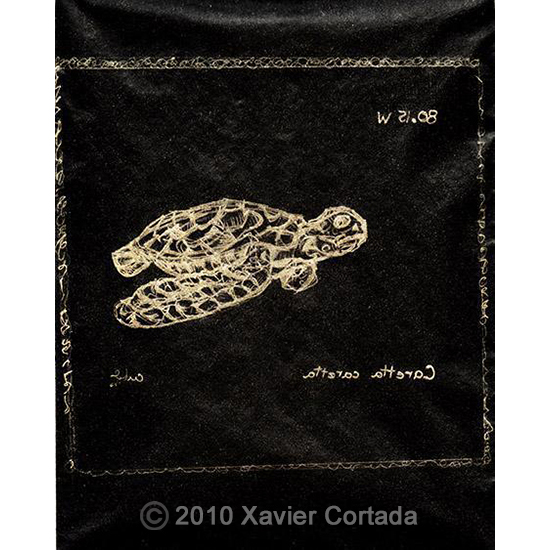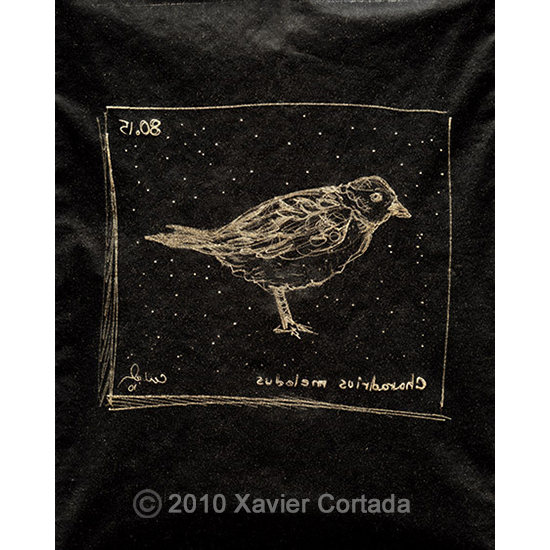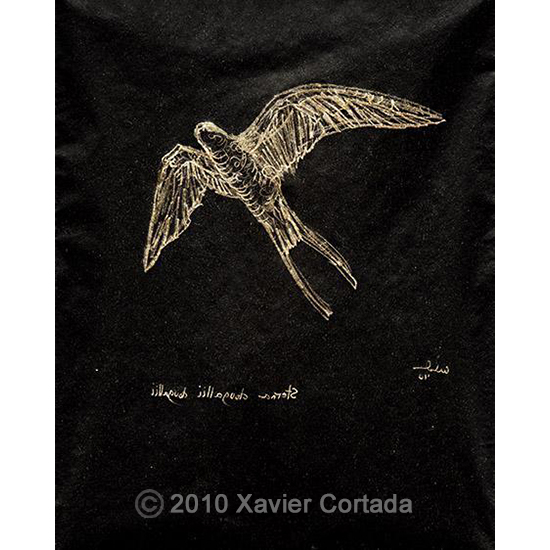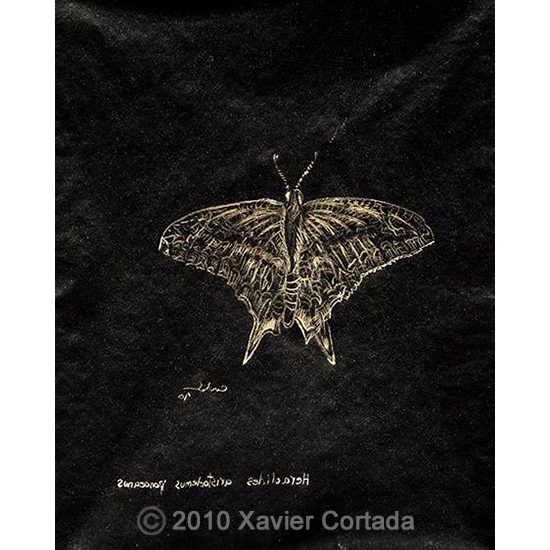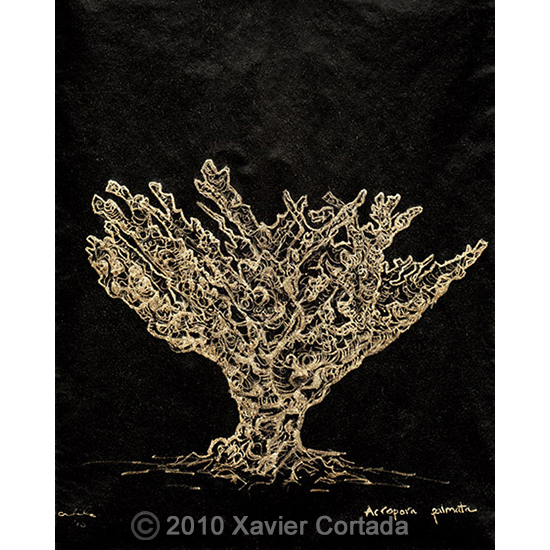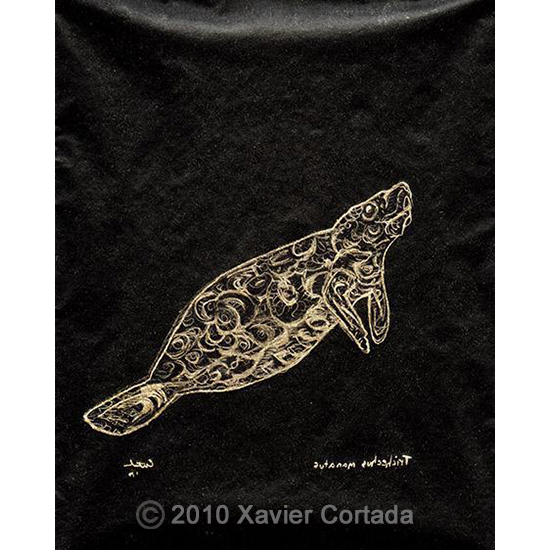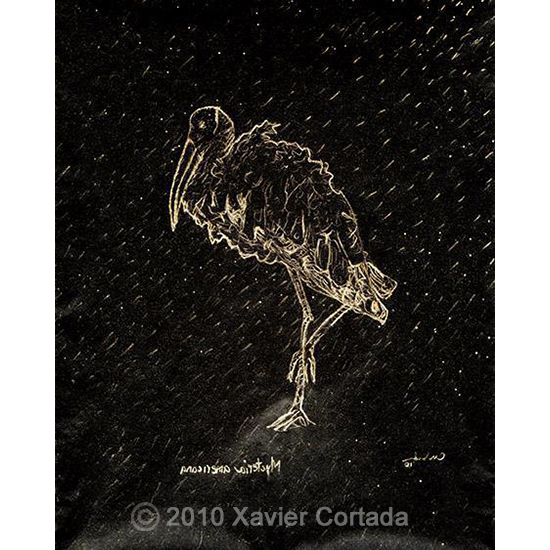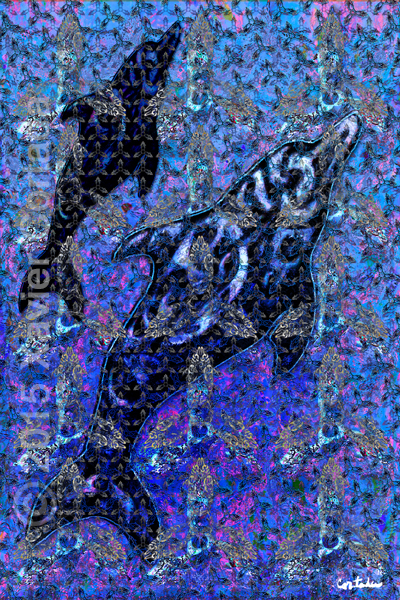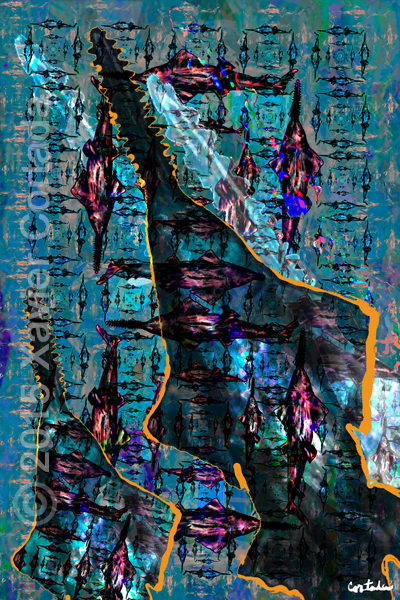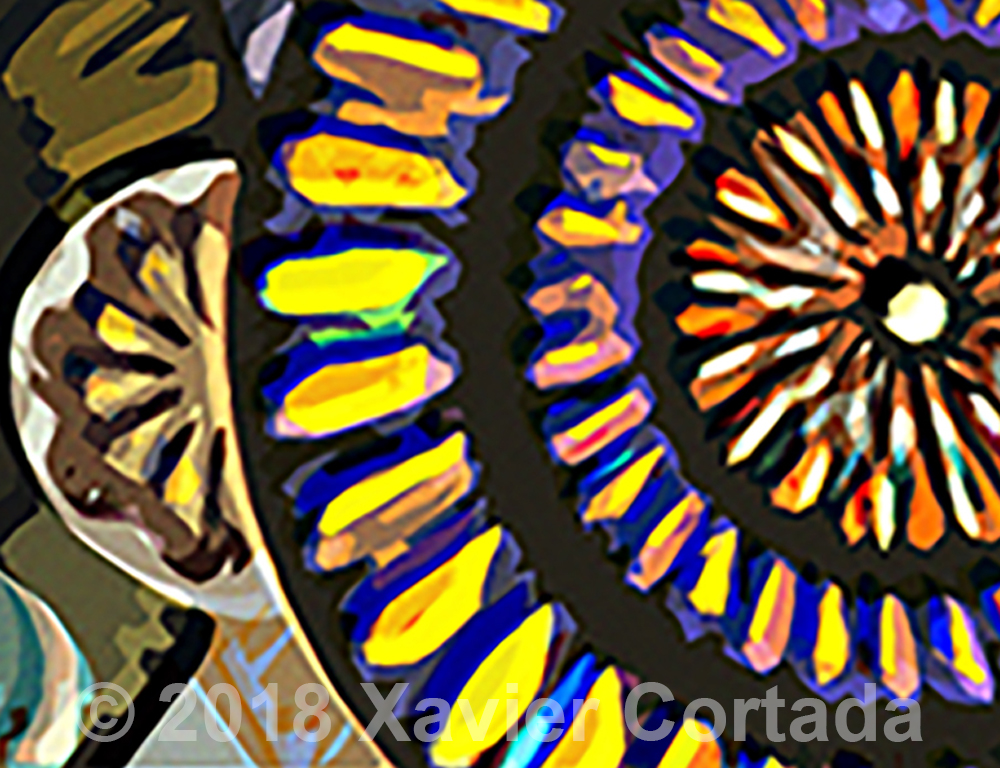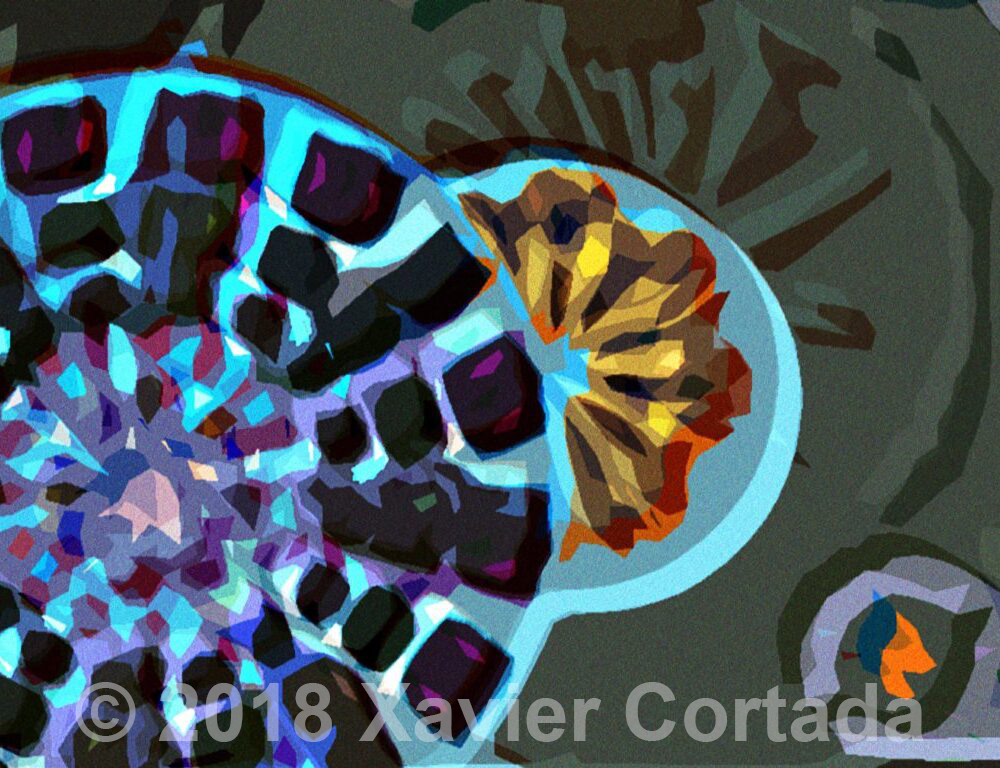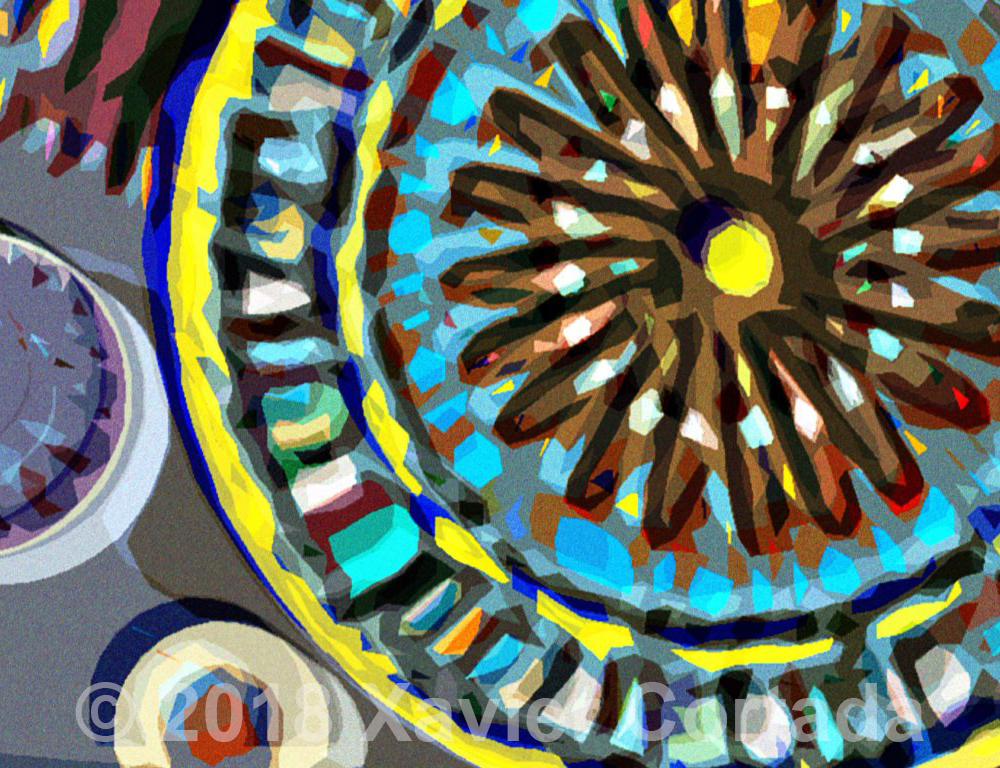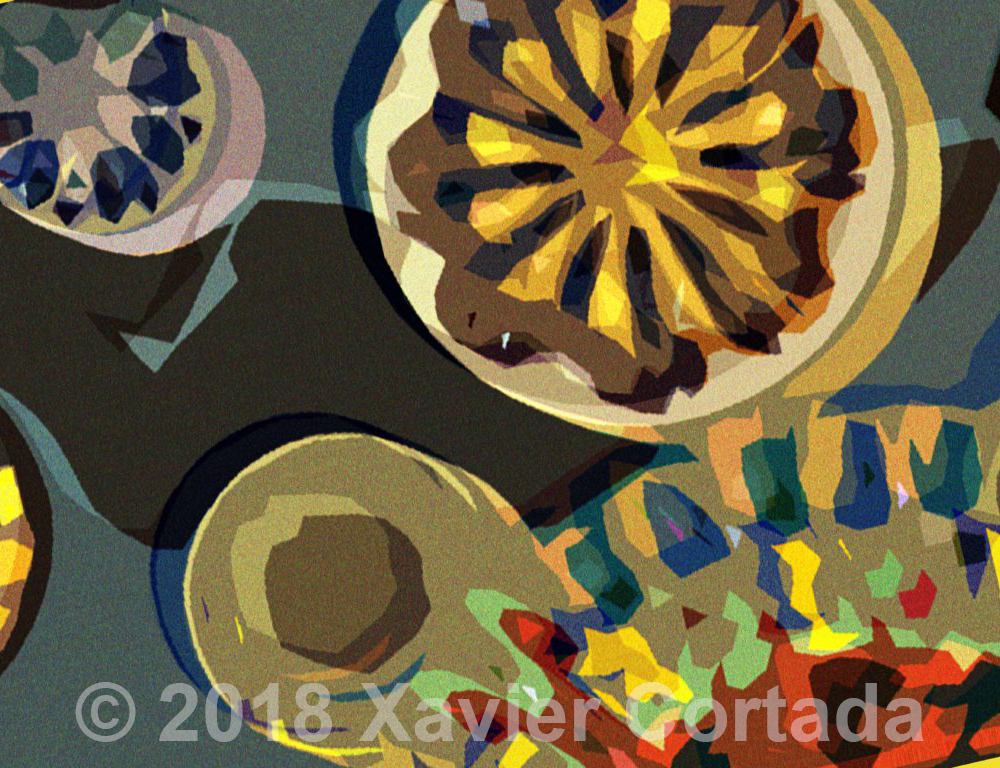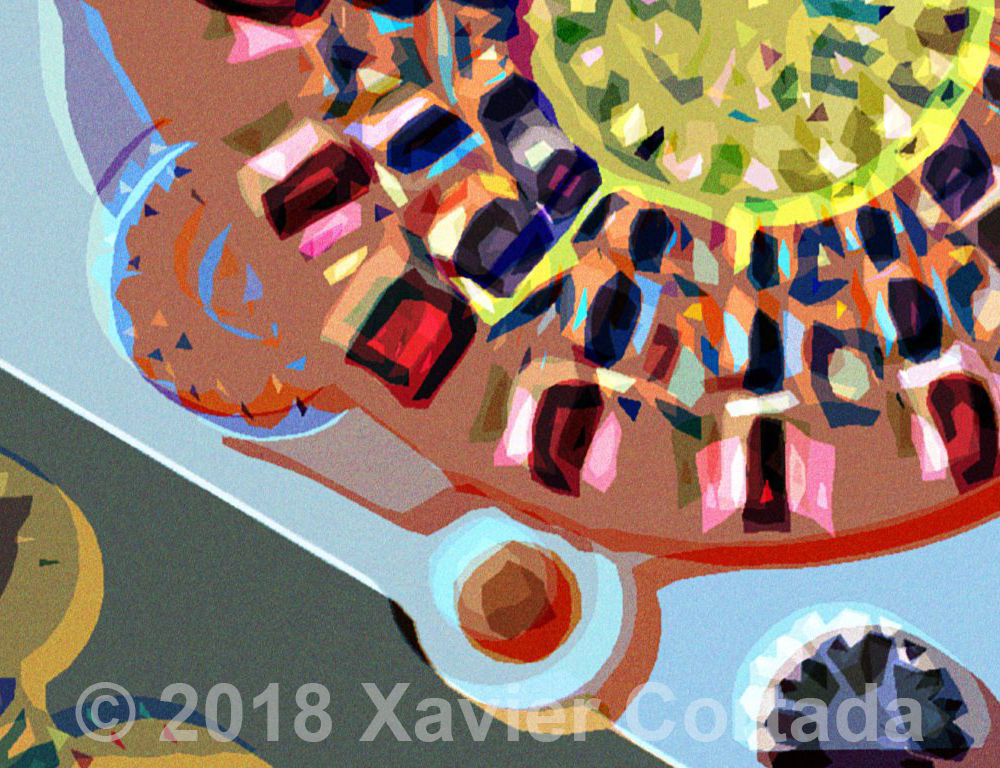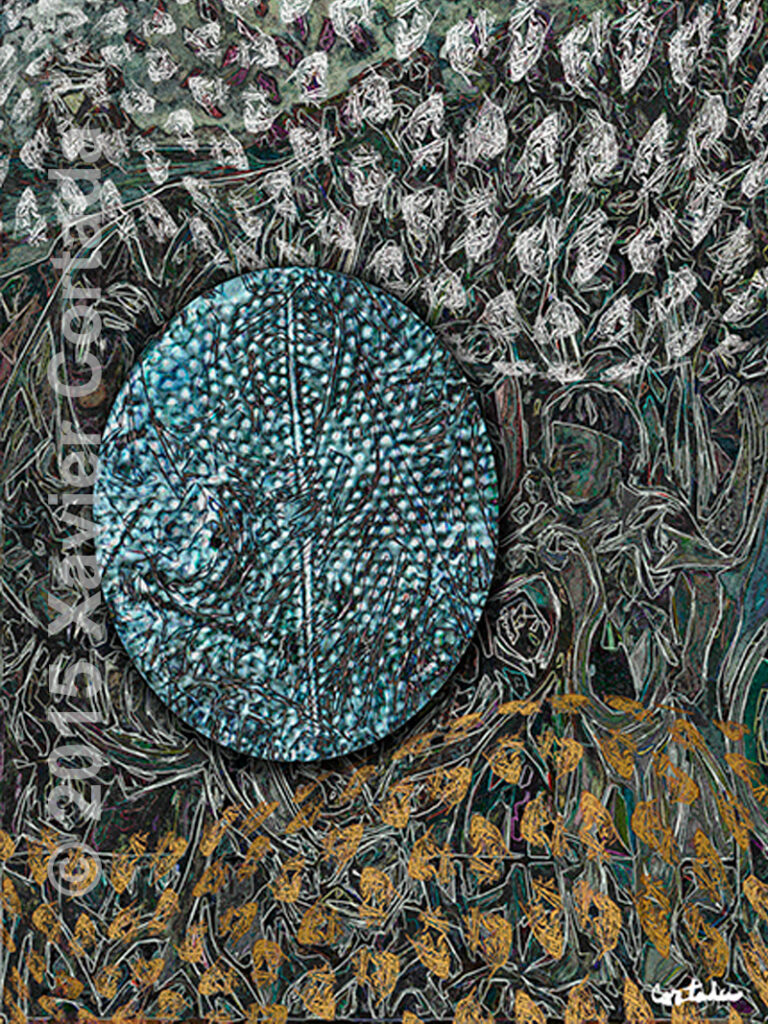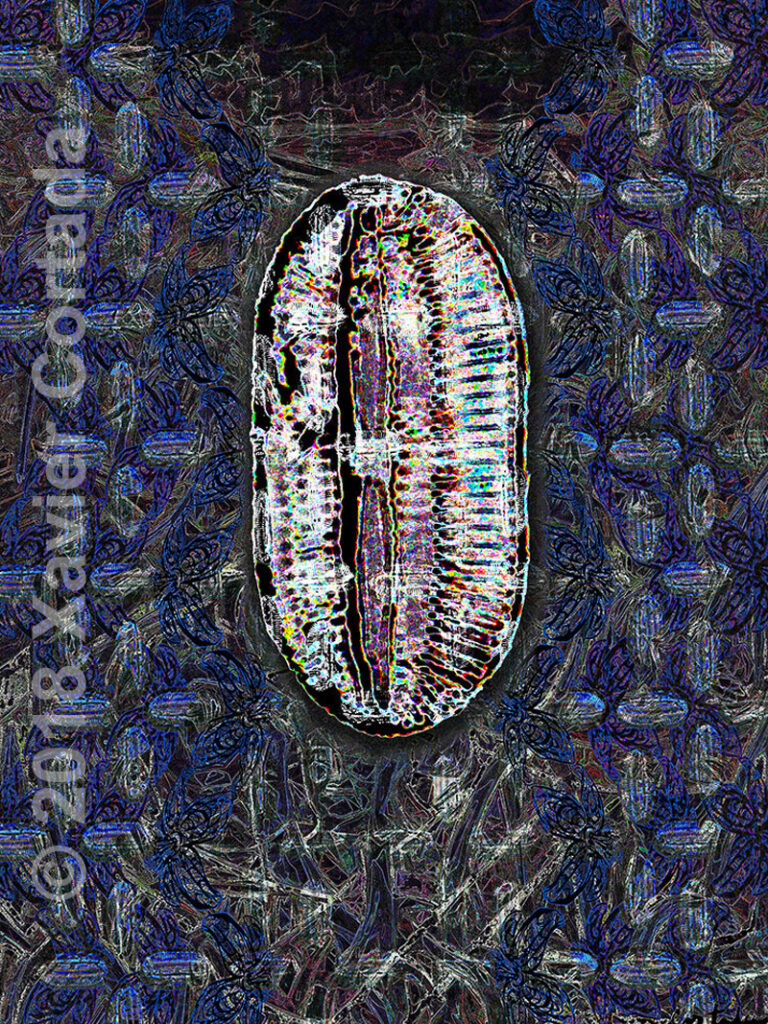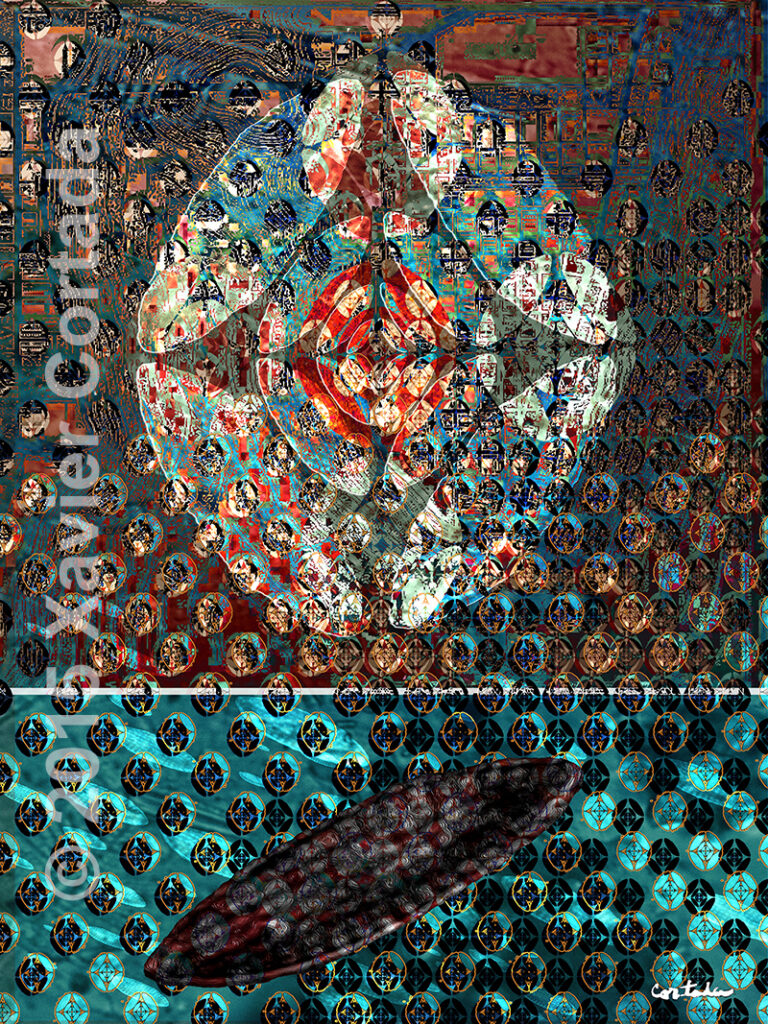Endangered Animals

Following in line with his own “Endangered World” project, artist Xavier Cortada portrayed Florida’s endangered land animals in Florida Turnpike’s Ft. Drum plaza (near Yeehaw Junction) as part of a series of works and installations entitled “Florida is…Nature”. At the main entrance of the plaza, visitors are greeted by an 8′ x 20′ mural of a Florida Panther, the imagery of the beautiful animal an attempt at sparking a sense of emotional resonance within the viewer.
The original “Endangered World” project seeks to promote an ethical perspective within its audience that contradicts the nature of more ubiquitous anthropocentric motivations. This is an intention which is seen within these prints, the usage of contemporary aesthetic devices such as photoshop and other digital software creating works that present their respective subjects as indispensable parts of our world. To learn more about Cortada’s “Endangered World”, please visit https://endangeredworld.org.
Prints from the “Endangered Animals” series are in the collection of Florida’s Department of State in Tallahassee, as well as having been exhibited at the Orlando Science Center and The Frank (Frank C. Otis Gallery and Exhibit Hall) as part of the artist’s overarching “Florida is…Nature” exhibition. They also were included in the artist’s solo exhibition at Creative Pinellas. Conceptualized during Cortada’s residency at the Robert Rauschenberg Foundation Artist Residency in Captiva, Florida, “Florida is…” is an evolving body of work that depicts the natural beauty of Florida. It asks Floridians to define their state by its actual nature, portraying the evolving dichotomy between the built and natural environment.
For more information about the artist’s work addressing reforestation, please visit: www.nativeflags.org and flor500.com
Reclamation Project Mangrove Paintings

As a precursor to the artist’s seminal “Reclamation Project”, Xavier Cortada’s series of mangrove paintings strive to acknowledge the existence of an ubiquitous, yet ignored, South Florida icon. Completed over the course of the artist’s career, these works retain the sensibilities of traditional art aesthetics while embodying the conceptual iconography of the artist’s later social practice.
Mangroves were chosen for their native heritage to the South Florida area. Mangrove forests were the dominant landscape of the state from the time of the first European settlers, subject matter previously portrayed in Cortada’s “Florida Mangrove” painting from 2003. Fully grown, mangroves serve a multitude of purposes, from providing habitats to a variety of marine and avian life, to protecting coastal areas from storm surges. The communal focus of these works is further emphasized through the utility of their imagery, the mangrove being a plant that literally protects and shelters communities of a variety of species, beyond just being conceptually significant.
However, Cortada’s mangrove paintings function as more than just a metaphoric reforestation of the local area, but as a prompt for literal reforestation. This is accomplished through its resonance with Cortada’s “Plan(T)” and “Reclamation Project” works, ambitious efforts to plan for the future through the act of planting mangroves throughout Miami.
Diatoms
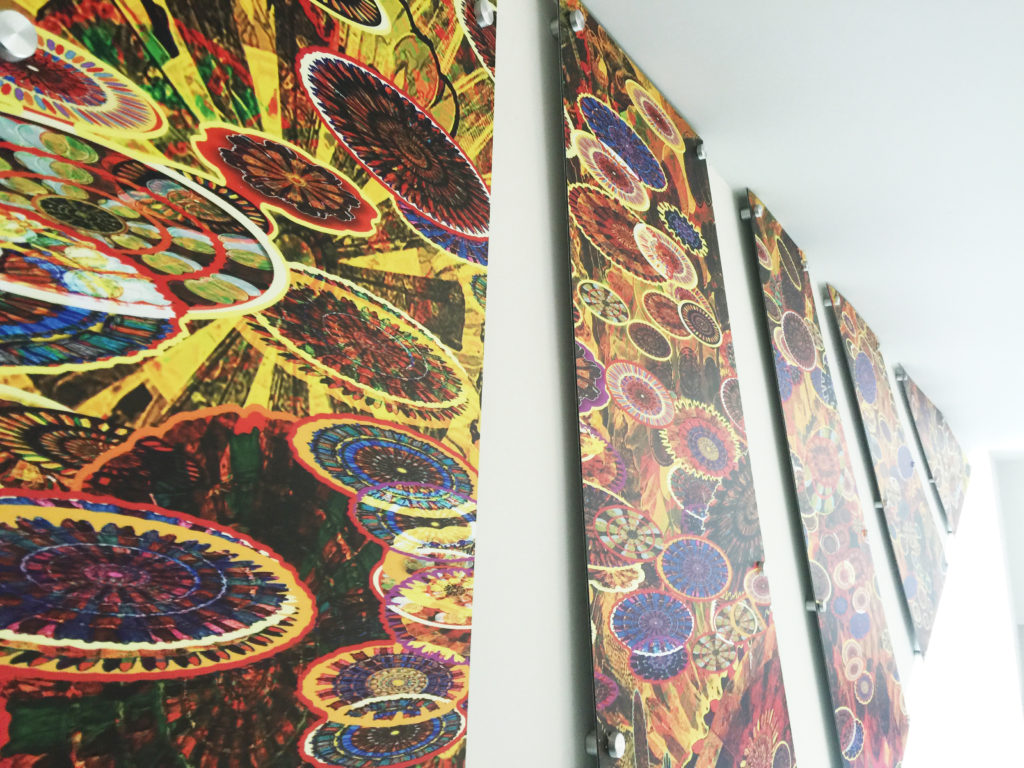
Diatoms are water-bound, single-celled symmetrical organisms encapsulated in silica. They harness the power of the sun to convert carbon dioxide into oxygen and are responsible for generating one-third of the air we breathe. Each diatom species has a different salinity preference, so changes in the mixture of fresh and sea water (driven by sea level and changes in water management) can be inferred from past diatom remains.
The natural archival processes of diatoms presented artist Xavier Cortada with an opportunity to express scientific perspectives of time through artistic mediums, “Diatoms” an essential part of the artist “Florida is…Nature” installations across the Florida Turnpike. This series was conceptualized during Cortada‘s residency at the Robert Rauschenberg Foundation Artist Residency in Captiva, Florida, “Florida is…” is an evolving body of work that depicts the natural beauty of Florida, asking local residents to define their state by its actual nature, not by things we do and build to displace it. The conceptual significance of the diatom harkens back to the intent of the “Florida is…” series, one that promotes an awareness and engagement towards the natural environment.
One of each of the “Diatom” prints (series of 5) from “Florida is…Nature” are in the collection of Florida’s Department of State in Tallahassee, the works also having been exhibited at the Orlando Science Center, The Frank (Frank C. Otis Gallery and Exhibit Hall), and Creative Pinellas as an integral part of the artist’s exhibitions.
WIldflowers
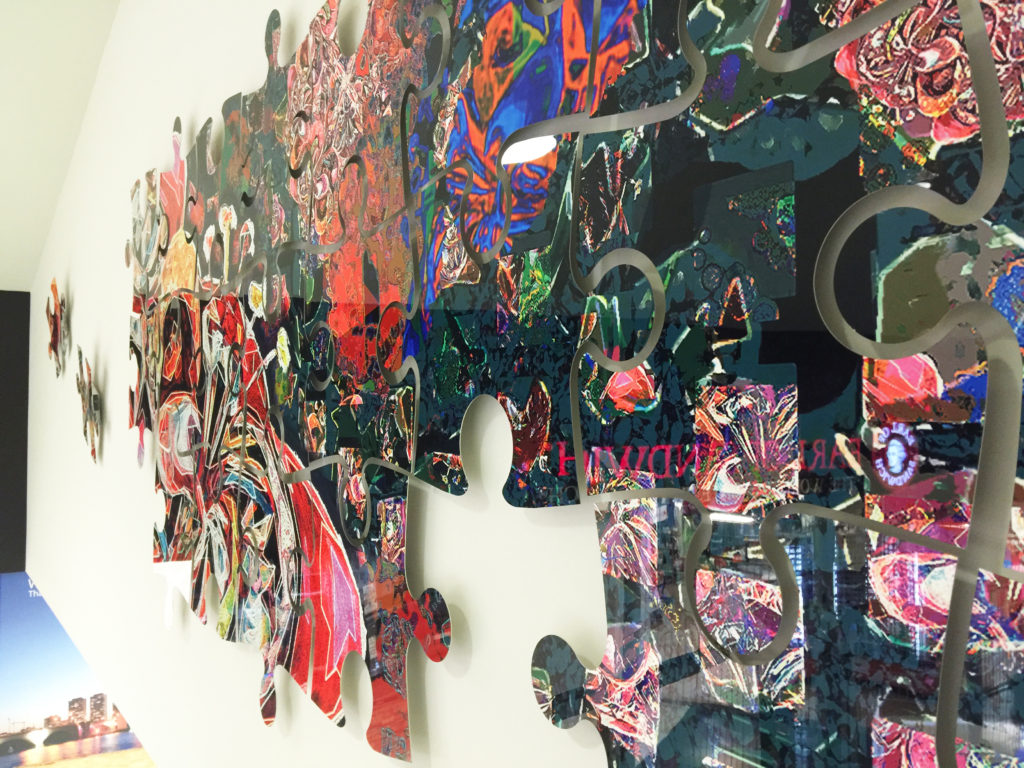
Florida Turnpike’s West Palm Beach plaza features Cortada’s “The Puzzled Landscape: (re)Growing Native Florida piece by piece.” Above each entranceway visitors will see 29 puzzle pieces coming together to create an image of wildflowers descending upon a Florida landscape. As an installation in a series entitled, “Florida is…Nature”, Cortada’s digital “Wildflower” works serve to present the state’s natural beauty through contemporary aesthetic mediums. These works operate in conjunction with the artist’s socially-engaged participatory art project, “Flor500”, the prints serving as inspiration for audience participation in the broader project.
“Flor500” is a participatory art project initiated by Miami artist Xavier Cortada to commemorate Florida’s quincentennial in 2013, as well as the precursor to Cortada’s “Flower Force” project. The project aimed to commemorate flowers native to Florida five hundred years ago as they would have been first seen in 1513 when Ponce de Leon reached the state. The flower was chosen as a focal point of the project for its historical significance in the naming of the state, Ponce de Leon naming Florida “La Florida”, after the Spanish word for flower, flor.
Prints of “Wildflowers” from the artist’s “Florida is…Nature” series are in the collection of Florida’s Department of State in Tallahassee, the work also having been exhibited at the Orlando Science Center, The Frank (Frank C. Otis Gallery and Exhibit Hall), and Creative Pinellas.
Biscayne National Park 80.15W

Artist Xavier Cortada’s “Endangered World” is an installation exhibited at Biscayne National Park as part of the park’s Community Artists Program, a conceptualization of global biodiversity loss. The installation features 360 brightly colored flags lining Convoy Point’s roads and trails, each flag designed by local individuals and organizations across South Florida with the intent of representing a specific endangered or threatened animal. The flags all represent a respective one degree of the earth’s longitude, each animal on the flags foundat the specific longitude their flag represents.
The exhibition of this project also included participants pledging to an eco-action intended to mitigate the plight of a specific animal found on a chosen flag. Partnering with the “Endangered World” installation was the exhibition of “80.15 W”, a collection of 17 somber works on paper that feature the 17 threatened and endangered species that call Biscayne National Park home, the title of the exhibition referencing the specific longitude point at which Biscayne National Park is located. The “80.15 W” pieces were created using reused carbon paper, a reference to the impact of the“carbon footprint” humans have left on animals and ecosystems around the world.
To learn more about the artist’s “Endangered World” project, please visit https://endangeredworld.org
Release to Tide
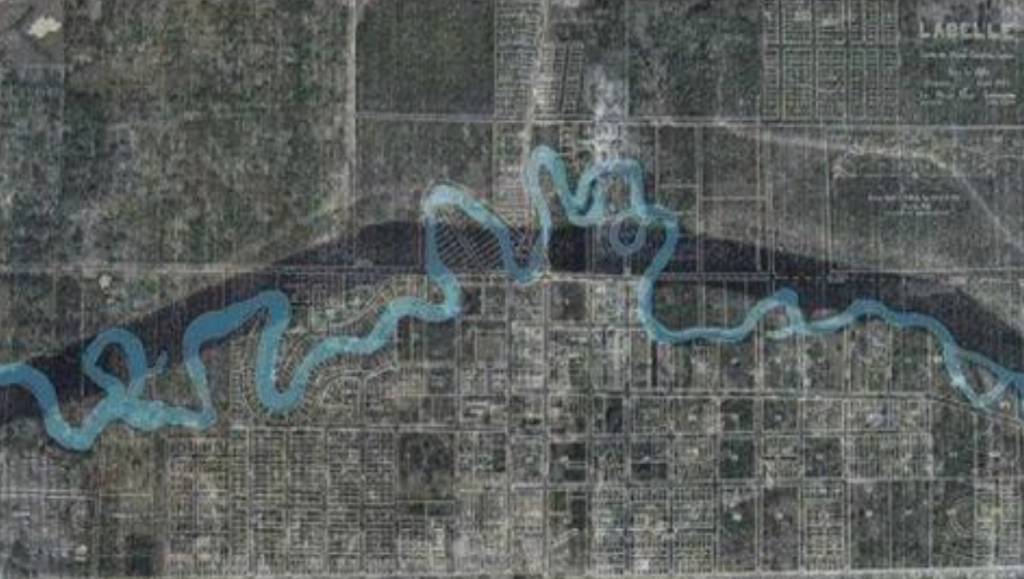
“Release to Tide” is a series of four prints, each representative of an endangered animal that is native to the Everglades in collaboration with the Caloosahatchee CLEER project. The project Caloosahatchee CLEER, (Create, Learn, Engage, Exchange and Restore) is a grant from the Robert Rauschenberg Foundation to involve a broader audience of people in the political dialog necessary to bring change to the future of water quality in the river and bay. It is intended to nurture a respect for all the watercourse means to people for recreation and reflection; and sustaining a home for aquatic wildlife and their habitat. In response, artist Xavier Cortada created the four works that would be the “Release to Tide” series, intended to highlight the plight of the greater Everglades ecosystem and to raise awareness and engagement towards environmental mitigation.
Largemouth bass reside in the lake and upper river area. Fishing tournaments draw fishermen from all over the world during the winter season. Ask any avid angler and they know of Lake Okeechobee’s famous bass fishing.
The Smalltooth sawfish once ranging from North Carolina to Texas has, essentially, a last toehold in the sandy shoals near the mouth of the river. It is here researchers have been able to locate juveniles. So rare is this fish, that every shred of data is relished. Anyone spotting a small tooth sawfish is asked to report it to a special hotline 352-392-2360.
The Kemp’s Ridley sea turtles are arguably the most endangered sea turtle in the world. Although a very rare nester in this area, juveniles are known to live temporarily in the back bay waters of Pine Island Sound. A short term grant allowed researchers to radio tag several of these reptiles that feed on the spider crabs nestled in the seagrass beds. The turtles wandered as temperatures of the water fluctuated. It appears Kemp’s Ridley Sea Turtles have an aversion to cold water.
The Bottlenose dolphin was chosen for its natural charisma. The local dolphin population stays in the bay and near-shore waters year-round. Why migrate if you have what you need? It has been determined through dorsal fin photo identification that 300-400 dolphins live, feed, breed and play in the upper Pine Island Sound area.
Port Everglades

As part of a 2014 public art commission, artist Xavier Cortada created two works to be installed at Port Everglades, a cruise terminal in Ft. Lauderdale, FL. The two public artworks created by Xavier Cortada include a 40-foot ceramic mural dubbed “Pelican Path” and “Starfish Shuffle”.
The artwork “Pelican Path”, which includes a water-themed backdrop made from 1,440 handcrafted and hand-painted porcelain tiles, illustrates Cortada’s interpretation of the ripples created when the pelican’s webbed feet slap the water as it takes flight. The artworks attempt to connect cruise passengers who travel through the terminal to what they’ll see aboard a ship — the sea, the shore and the sky.
The “Starfish Shuffle” installation, a series of eight wall-mounted ceramic murals and a 40-foot digital tapestry, creates an awareness of the vibrant marine life that abounds in the natural environment just offshore from Broward County’s blue wave beaches. This work exemplifies the artist’s ability to oscillate between mediums at will, combining traditional and contemporary artistic methods to develop the series.


For more information about the artist’s work with aquatic animals, please visit: The Release the Tide Series
The Four Elements
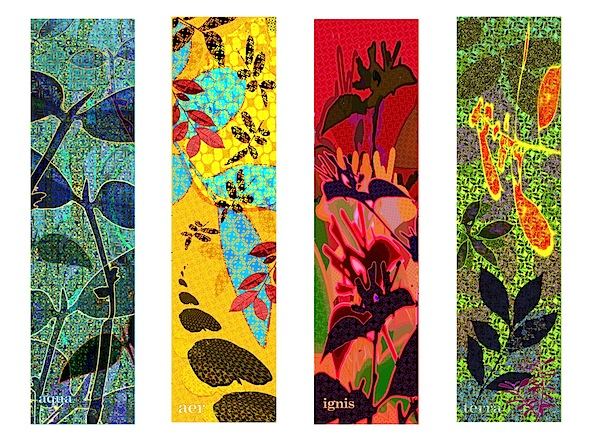
Artist Xavier Cortada created “The Four Elements” for his public art commission at the Frost Art Museum. The works are “digital tapestries” and titled after the Greek classical elements: aqua, aer, ignis and terra. In Greek philosophy, science, and medicine these four elements represent “the realms of the cosmos wherein all things exist and whereof all things consist.” In the present day, we know that water, air, fire and earth are actually composed of the molecules made from elements found in the Periodic Table. But science continues to push the boundaries of our understanding to the point of near-constant change. This work aims to conceptualize this change through aesthetic means, prompting the viewer to contemplate their acceptance of the continued, and exponential, evolution found throughout all facets of life.
The four 40 foot tall works are rotated throughout the year in the museum’s soaring atrium. The work was specifically designed to complement the 46,000-square-foot building, itself a work of art, designed by Yann Weymouth, design director of Hellmuth, Obata Kassabaum (hok). The prints of this work are also large in scale, albeit smaller than their original installations, a necessity in promoting the grandiosity of concept.
In Water
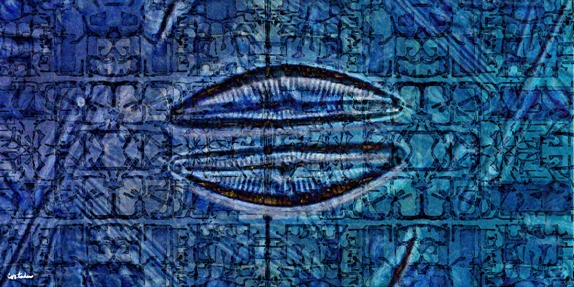
Xavier Cortada collaborated with Florida Coastal Everglades Long-Term Ecological Research (FCE LTER) scientists to better understand the impact of global climate change on our ecosystems. The works in the “{in water}” exhibition are inspired by their scientific research.
“Diatom,” (2014), is his first work ever depicting a diatom: Using a microscope, Cortada captured the image of a diatom from samples used by Florida International University FCE LTER scientists studying the ecology of the Everglades and sea level rise. In the art, Cortada’s diatoms hover over a layer of images (Cortada captured using Google maps) showing the artificial canals and lakes created to develop parcels of developable land where the River of Grass once flowed.
Continuing in this line of work, the prints from “{in water}” show how the artist explores the effects of abstraction on the diatom imagery, conceptually transforming the viewer into an omniscient voyeur, staring into the foundations of life.
Native Flags

As part of the artist’s social practice, the “Native Flags” project, initiated by Xavier Cortada in 2008, serves to have its participants make a literal declaration of war against climate change, as well as making a symbolic gesture of reclamation by nature.
Seen throughout Cortada’s work is a focus on developing signifiers within communities. In “Native Flags”, the green project flag that accompanies the performance behaves as a statement of reclamation, a point of departure for participants to initiate new action. In turn, the environmental impact of “Native Flags” is amphibolic, as it not only terraforms the urban landscape, an action against climate change through the initiation of a natural tree canopy, it also spurs conversation throughout various communities for other actions to be taken.
Through the planting of a native tree alongside an easily identifiable green project flag, Cortada invites his participants to state, “I hereby reclaim this land for nature”. The act planting the green flag effectively transforms their actions into a catalyst for conversation, while their statement of reclamation includes them as an integral part of a large-scale performance
The project’s conspicuous green flags serve as a catalyst for conversations with neighbors, who will be encouraged to join the effort and help rebuild their native tree canopy one yard at a time.
Ideally, as they watch each tree grow, their interest in the environment will also grow.
Read more here: https://nativeflags.org/
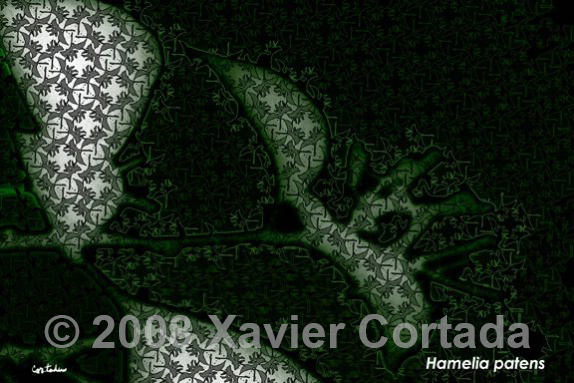
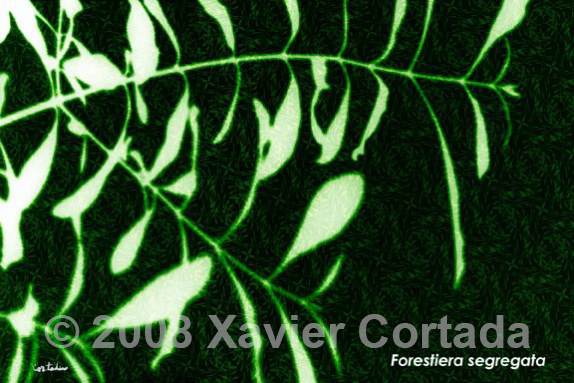
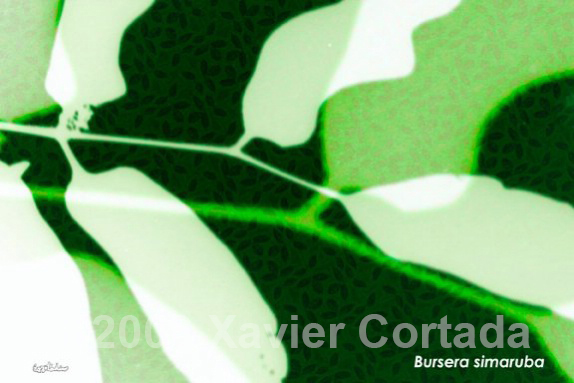



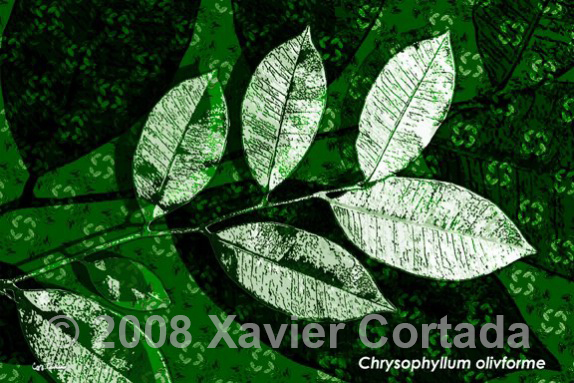

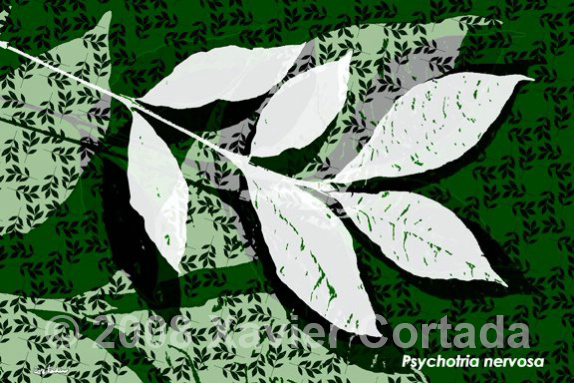

Just Below the Surface
“Just Below the Surface” follows in line with artist Xavier Cortada‘s other diatom-inspired work, the digital prints from this series offering a conceptual depiction of the natural life from hundreds of years prior.
The imagery of the diatom allows for this conceptual resonance, as diatoms harness the power of the sun to convert carbon dioxide into oxygen, essentially providing scientists with a link to the past. These single-celled aquatic organisms are studied to research what was as they address environmental concerns in the century to come.
The diatoms represented in Cortada’s “Just Below the Surface” prints were inspired by microscopic photographs of diatoms preserved in sedimentary core samples local to South Florida.
